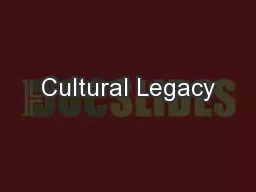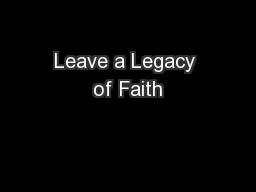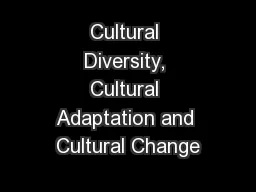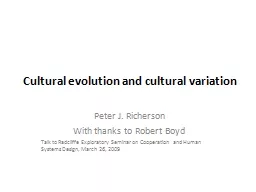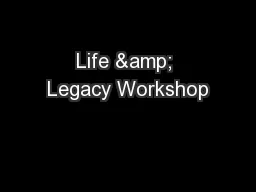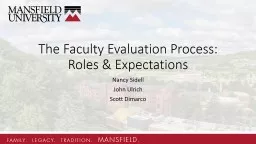PPT-Cultural Legacy
Author : tatyana-admore | Published Date : 2017-10-19
Language and Religion SS6H2b Describe the influence of the Spanish and the Portuguese on the language and religions of Latin America Imagine arriving in a new country
Presentation Embed Code
Download Presentation
Download Presentation The PPT/PDF document "Cultural Legacy" is the property of its rightful owner. Permission is granted to download and print the materials on this website for personal, non-commercial use only, and to display it on your personal computer provided you do not modify the materials and that you retain all copyright notices contained in the materials. By downloading content from our website, you accept the terms of this agreement.
Cultural Legacy: Transcript
Download Rules Of Document
"Cultural Legacy"The content belongs to its owner. You may download and print it for personal use, without modification, and keep all copyright notices. By downloading, you agree to these terms.
Related Documents

